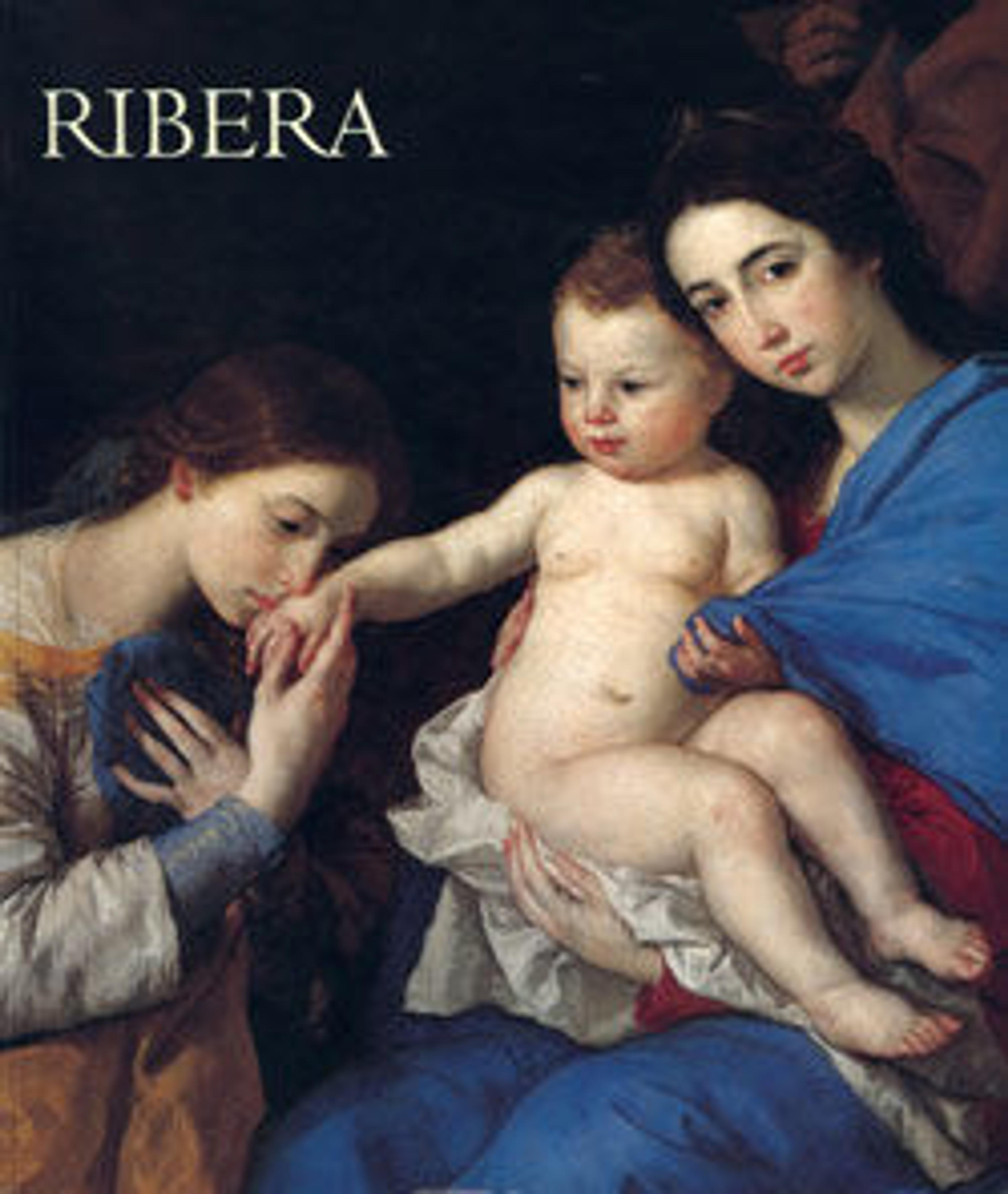Saint Jerome Hearing the Trumpet of the Last Judgment
This is almost certainly the first of Ribera's two etchings depicting Saint Jerome in the wilderness, interrupted by the sound of a trumpet. Its date—1621—indicates that it postdates the painting of the same subject Ribera sent to the Colegiata in Osuna in Spain. The five paintings by Ribera in Osuna were early commissions received soon after the artist settled in Naples.
Although the etching relates to the painting, there are many disparities. In the print the saint is shown seated and sharpening his pen rather than reclining and contemplating a skull, and the angel is suggested only by hands that emerge from clouds, clasping the trumpet. Such variations are typical of Ribera, who characteristically used printmaking to experiment with compositions that had already appeared in paint as well as to disseminate his images to a wider public.
Although the etching relates to the painting, there are many disparities. In the print the saint is shown seated and sharpening his pen rather than reclining and contemplating a skull, and the angel is suggested only by hands that emerge from clouds, clasping the trumpet. Such variations are typical of Ribera, who characteristically used printmaking to experiment with compositions that had already appeared in paint as well as to disseminate his images to a wider public.
Artwork Details
- Title: Saint Jerome Hearing the Trumpet of the Last Judgment
- Artist: Jusepe de Ribera (called Lo Spagnoletto) (Spanish, Játiva 1591–1652 Naples)
- Date: 1621
- Medium: Etching, engraving, and drypoint; first state of two (Brown)
- Dimensions: Sheet: 12 15/16 × 9 5/8 in. (32.8 × 24.4 cm)
Plate: 12 11/16 × 9 1/16 in. (32.3 × 23 cm) - Classification: Prints
- Credit Line: The Elisha Whittelsey Collection, The Elisha Whittelsey Fund, 1953
- Object Number: 53.512.5
- Curatorial Department: Drawings and Prints
More Artwork
Research Resources
The Met provides unparalleled resources for research and welcomes an international community of students and scholars. The Met's Open Access API is where creators and researchers can connect to the The Met collection. Open Access data and public domain images are available for unrestricted commercial and noncommercial use without permission or fee.
To request images under copyright and other restrictions, please use this Image Request form.
Feedback
We continue to research and examine historical and cultural context for objects in The Met collection. If you have comments or questions about this object record, please contact us using the form below. The Museum looks forward to receiving your comments.
